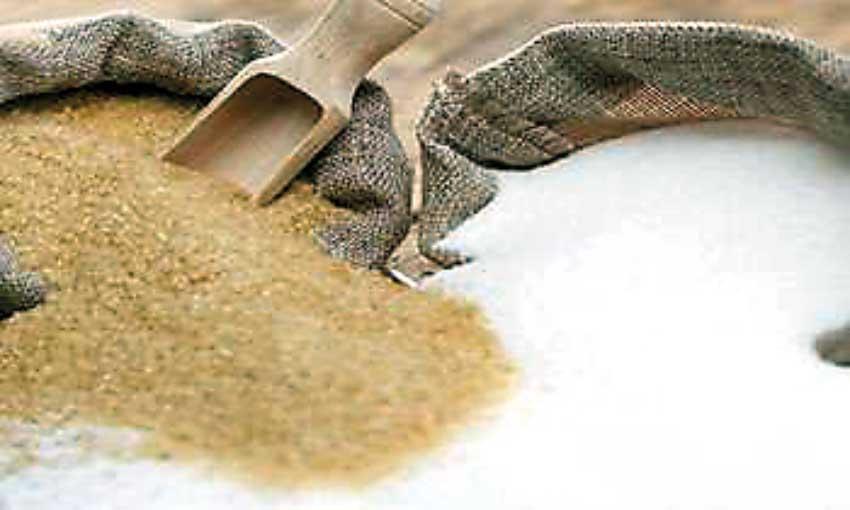03 Sep 2021 - {{hitsCtrl.values.hits}}

Soaring prices of food staples such as sugar, vegetables, fish, chicken and the likes pushed consumer prices in the Colombo district to an 18-month high in August from a year ago as the country is battling its worst economic crisis alongside a once-in-a-century health crisis.
The inflation measured by the Colombo Consumer Price Index (CCPI), the widely used gauge of consumer prices, rose by 6.0 percent in August 2021 from the same month last year, accelerating from 5.7 percent in July, marking the fifth consecutive month of
rising prices.
The Central Bank a fortnight ago raised its benchmark rates by 50 basis points while increasing banks’ reserves ratio by 200 basis points to preempt any potential persistent price pressures emanating from supply side bottlenecks and higher global commodities prices.
However, the bank shrugged off of any demand side pressures to consumer prices.
Food prices rose by 11.5 percent in August from a year ago, accelerating from 11.0 percent in July, but what worries the most was the month-on-month (MoM) jump in the food prices by 0.7 percent between July and August compared to a decline of 0.2 percent between June and July.
The prices of sugar escalated during the month while prices of sea fish, chicken, dried fish, fresh fruits, vegetables, potatoes and turmeric powder were among the food commodities which recorded the most price increases during August compared to July.
Meanwhile, prices of rice, coconut and coconut oil, red onions and a few others eased in August.
There were reports during the last few days of multiple cases of hoarding of essential food items such as sugar, milk power and the likes by some large-scale traders to create an artificial food shortage in the market to make undue gains from the current situation at the expense of the hapless consumer, most of whom have lost their livelihoods due to ongoing lockdowns.
The weaker rupee is also adding fuel to the existing prices as importers are compelled to pay more rupees for dollars than before due to the crunch in foreign liquidity.
Meanwhile, non-food prices also showed an increase in August, logging a 3.5 percent increase from a year ago, accelerating from 3.2 percent in July.
However, such prices eased to 0.1 percent in August from 0.8 percent increase between June and July when the full effects of the fuel price increase was permeating through the economy, and the economy enjoyed a brief reopening in July when people went out for dine outs and other outdoor activities.
In August, the health sub-category followed by house furnishing and maintenance expenses drove the most of non-food prices, reflecting the increased healthcare focus by the people and stay-at-home people engaging in house refurbishing.
Meanwhile, in August, the so-called core prices measured leaving out often-volatile food, energy and transport expenses, rose by 4.1 percent, accelerating from 3.7 percent in July.
18 Nov 2024 21 minute ago
18 Nov 2024 26 minute ago
18 Nov 2024 32 minute ago
18 Nov 2024 57 minute ago
18 Nov 2024 59 minute ago